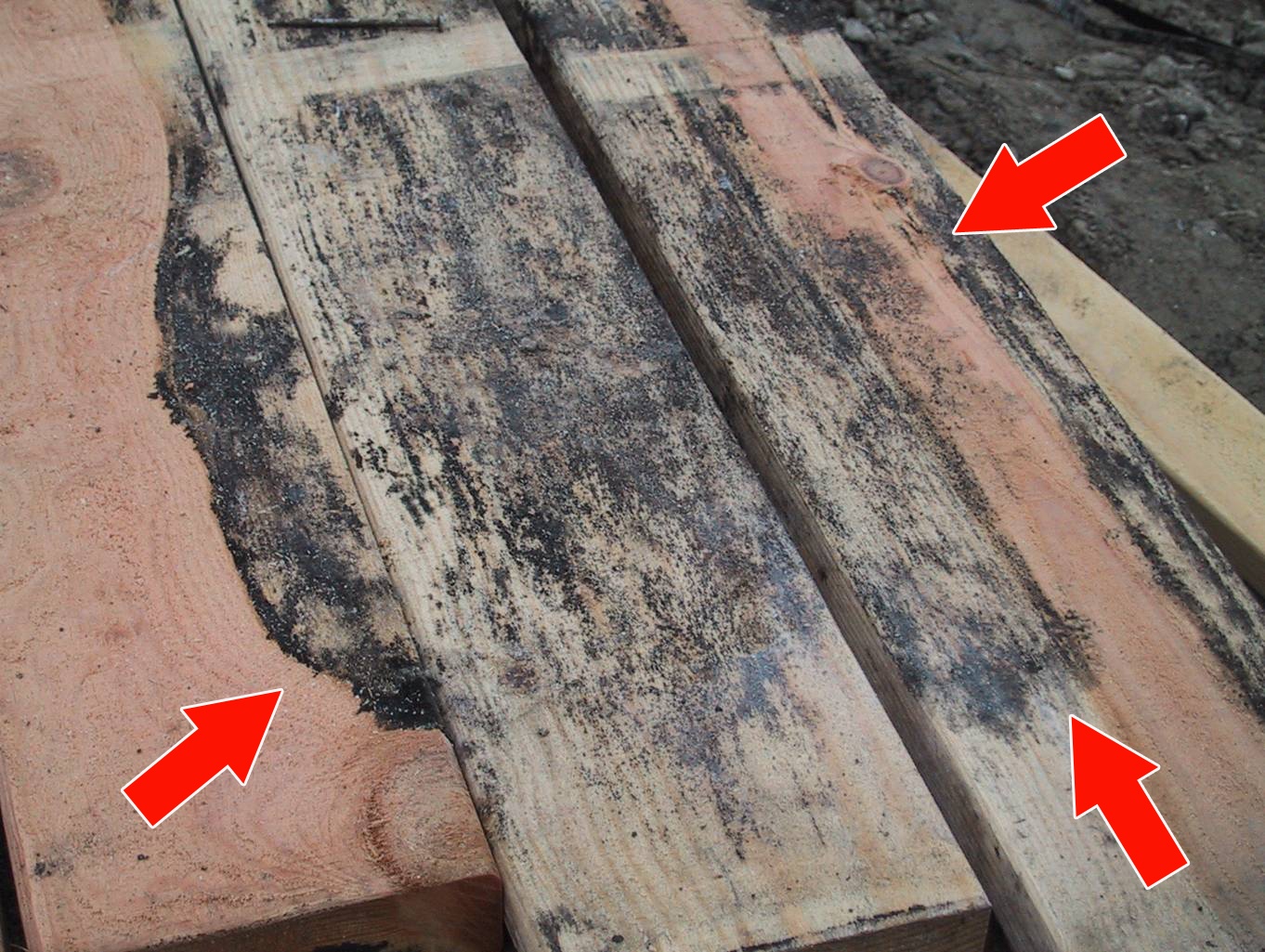Mold - Lumber Quality and Durability

Mold can be found almost anywhere and can grow on virtually any substance, provided moisture is present. Mold differs from decay in that mold does not cause a decrease in the strength properties of lumber, however it can cause discoloration or odors on the lumber. The resources below will provide CM’s and builders with a better understanding of how mold can affect components, legal issues surrounding mold, as well as steps that can be taken to mitigate mold growth.
Top Resources
This document provides fact-based information about cause, effects, and mitigation of mold growth on lumber and wood structural building components.
This SBC Magazine article explains how some minor changes in the design of buildings and in the construction process can significantly reduce the occurrence of mold during construction.
This link discusses building materials and practices that promote the growth of mold in buildings and outlines recommendation for testing, abatement, and remediation and the control of moisture, air, and humidity in buildings as various means of controlling the growth of mold in buildings.
In this webinar, SBCA's director of technical services, Jim Vogt, provides fact-based information about causes, effects, and prevention of mold growth on lumber and wood structural building components.
Best Practices
These checklists, used in conjunction with "Mold on Wood Structural Building Components," will serve as a practical guide to ensure structural building components either remain free of mold or are properly remediated.
This document from U.S. EPA provides practical guidance on how to control moisture in buildings, including during the construction process.




